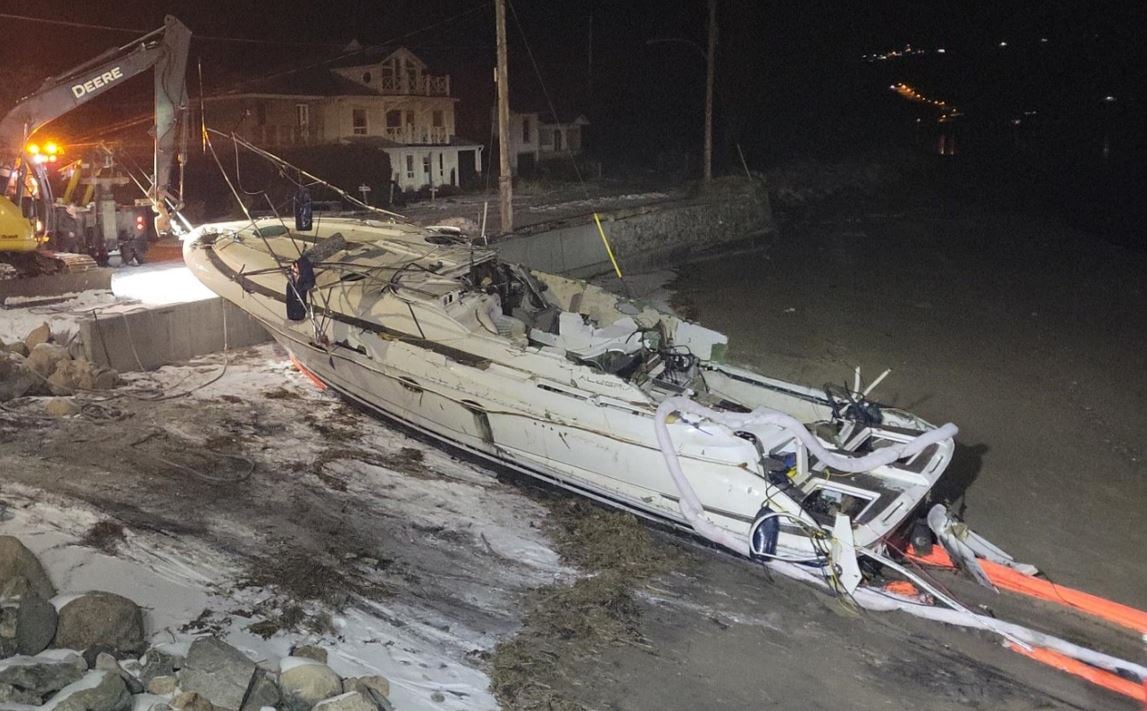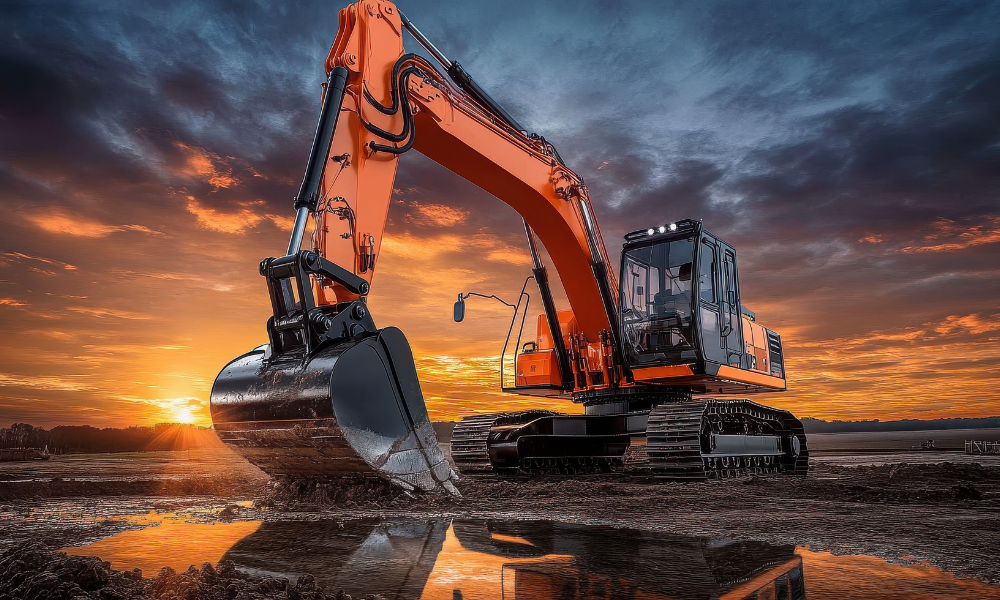Industry adoption trends and the future potential

The trucking industry is embracing next-generation technologies to improve safety, but adoption remains uneven, particularly among smaller fleets. According to Solange Velazquez, managing director at Solomon Partners, “the industry is starting to adopt more safety technologies, but there is still a long way to go before we see widespread implementation, especially in smaller operations.”
One of the most impactful innovations in recent years is the use of camera systems. Outward-facing cameras are particularly useful for claim management and accident investigations. “The outward-facing camera helps with claims when there’s an accident—it’s critical in determining fault and identifying areas for safety improvement,” Velazquez explains.
However, the real game-changer is the inward-facing camera, which monitors driver behaviour using artificial intelligence (AI). These systems detect distractions like texting or drowsiness and provide real-time alerts to help drivers correct dangerous behaviour. "These cameras can tell if a driver is nodding off or using their phone. They beep or alert the driver, telling them to pull over or stop texting. Reducing distracted driving significantly lowers the chances of crashes," says Velazquez.
Telematics also play an increasingly important role in fleet safety. These systems, which track driving behaviours such as speeding, hard braking, and sharp turns, offer real-time feedback to drivers. Velazquez notes the value of this immediate intervention: “It’s easier to change behaviour when you address it in real-time. Instead of telling a driver days later to avoid speeding, telematics systems give them immediate alerts, helping prevent risky behaviours right then and there.”
Despite these advancements, the adoption of safety technologies varies widely across the industry. Velazquez points to a Penske report indicating that around 50% of fleets have adopted telematics solutions for fleet management, though this doesn’t always include advanced safety features. “Even with mandated technology like the electronic logging device (ELD), which helps prevent driver fatigue, adoption isn’t 100%. There’s still a lag, and smaller fleets, in particular, are slower to implement these solutions,” she says.
Cost is a significant barrier, particularly for smaller operators. While technology prices have decreased, some still hesitate to make the investment. Velazquez believes financial incentives could accelerate adoption, particularly through lower insurance premiums for companies that adopt safety technologies. “Insurance companies can play a big role in this. If they lower premiums for fleets that use driver cameras or real-time alert systems, it will make a big difference in adoption rates,” she notes.
For health and safety leaders in the trucking industry, integrating safety technologies into the broader business strategy is crucial. Velazquez emphasizes that these tools should be seen not just as compliance measures but as valuable business investments. “Safety professionals need to show the ROI of these technologies to upper management. By reducing accidents and improving driver retention, especially in a driver shortage, fleets can see real savings,” she advises.
In the end, while the trucking industry has made strides in using next-gen safety technologies, more work remains to ensure broad adoption. Velazquez concludes, “the key is finding ways to incorporate safety as part of the overall business strategy. When companies see the financial and operational benefits, adoption will naturally increase. It’s not just about meeting regulatory requirements—it's about making safer roads and protecting drivers.”





